For those of us living with asthma, triggers can show up in the most unexpected places. Something as seemingly harmless as freshly painted walls can turn into a major health hazard. Paint fumes, often laden with volatile organic compounds (VOCs) and other chemicals, can act as a significant asthma trigger, causing symptoms ranging from mild irritation to severe asthma attacks. Let me share a personal story that underscores this point and why it’s so important to be vigilant about such triggers.
Siddhant’s Personal Experience: An Unforgettable Day
A few months ago, I went with my team to pitch a proposal to a new client. It was a big opportunity, and we were all excited about the meeting. The client had recently moved into a newly renovated office, and as soon as we walked in, I noticed the strong smell of fresh paint. I’ve always been cautious about environments that could trigger my asthma, but I didn’t want to let my team down, so I powered through.
Within minutes, I started to feel the familiar tightening in my chest. My throat became scratchy, and my breathing felt labored. I reached for my inhaler, but the symptoms escalated quickly. The combination of the enclosed space and the intense paint fumes overwhelmed my respiratory system, leading to one of the most severe asthma attacks I’ve had in years. I managed to complete the meeting, but as soon as it ended, I went straight home, struggling to breathe. The aftermath of the attack was so severe that I was unable to work for an entire week as I focused on recovery.
Thankfully, I recovered, but the incident was a wake-up call. It reminded me—and hopefully will remind others—just how crucial it is to be aware of potential triggers and to take them seriously.
Why Paint Fumes Are Problematic for Asthma
Paints, especially those that are oil-based, contain VOCs, which are released into the air as the paint dries. VOCs include chemicals like formaldehyde, benzene, and toluene, all of which can irritate the respiratory system. Even water-based paints, while generally considered safer, can still release fumes that may affect sensitive individuals.
For people with asthma, these fumes can:
- Irritate airways, causing inflammation and tightening.
- Trigger asthma symptoms, such as coughing, wheezing, and shortness of breath.
- Exacerbate existing conditions, leading to severe attacks in some cases.
Tips to Minimize Exposure
If you have asthma or care for someone who does, here are some practical steps to minimize exposure to paint fumes:
- Opt for Low-VOC or VOC-Free Paints: Many manufacturers now produce paints specifically designed to release fewer chemicals into the air.
- Ensure Proper Ventilation: If painting is unavoidable, make sure the area is well-ventilated. Open windows and use fans to disperse fumes.
- Plan Ahead: Avoid being present in recently painted areas until the fumes have dissipated. This can take several days to weeks, depending on the type of paint used.
- Wear a Mask: If you must be in a painted area, wearing a high-quality mask designed to filter out chemical fumes can provide some protection.
- Communicate Your Needs: Don’t hesitate to inform colleagues or clients about your condition and request meetings in environments that won’t compromise your health.
Raising Awareness
Experiences like mine highlight the need for greater awareness of asthma triggers, particularly in professional environments. Employers and organizations can play a role by:
- Choosing safer, low-emission products for renovations.
- Scheduling painting and other renovations outside of work hours.
- Allowing employees with asthma to work remotely during such times.
Final Thoughts
Living with asthma means constantly being mindful of your environment and advocating for your health. My experience with paint fumes was a stark reminder of how quickly an asthma attack can escalate and why preparation is key. By understanding the risks associated with triggers like paint and taking proactive steps, we can create safer spaces for everyone.
If you or someone you know has asthma, I encourage you to share your experiences and tips. Let’s work together to build awareness and support each other in navigating life with asthma.
Have you had a similar experience? Share your story on community@asthmafriend.com. Your insights might just help someone else breathe a little easier.












